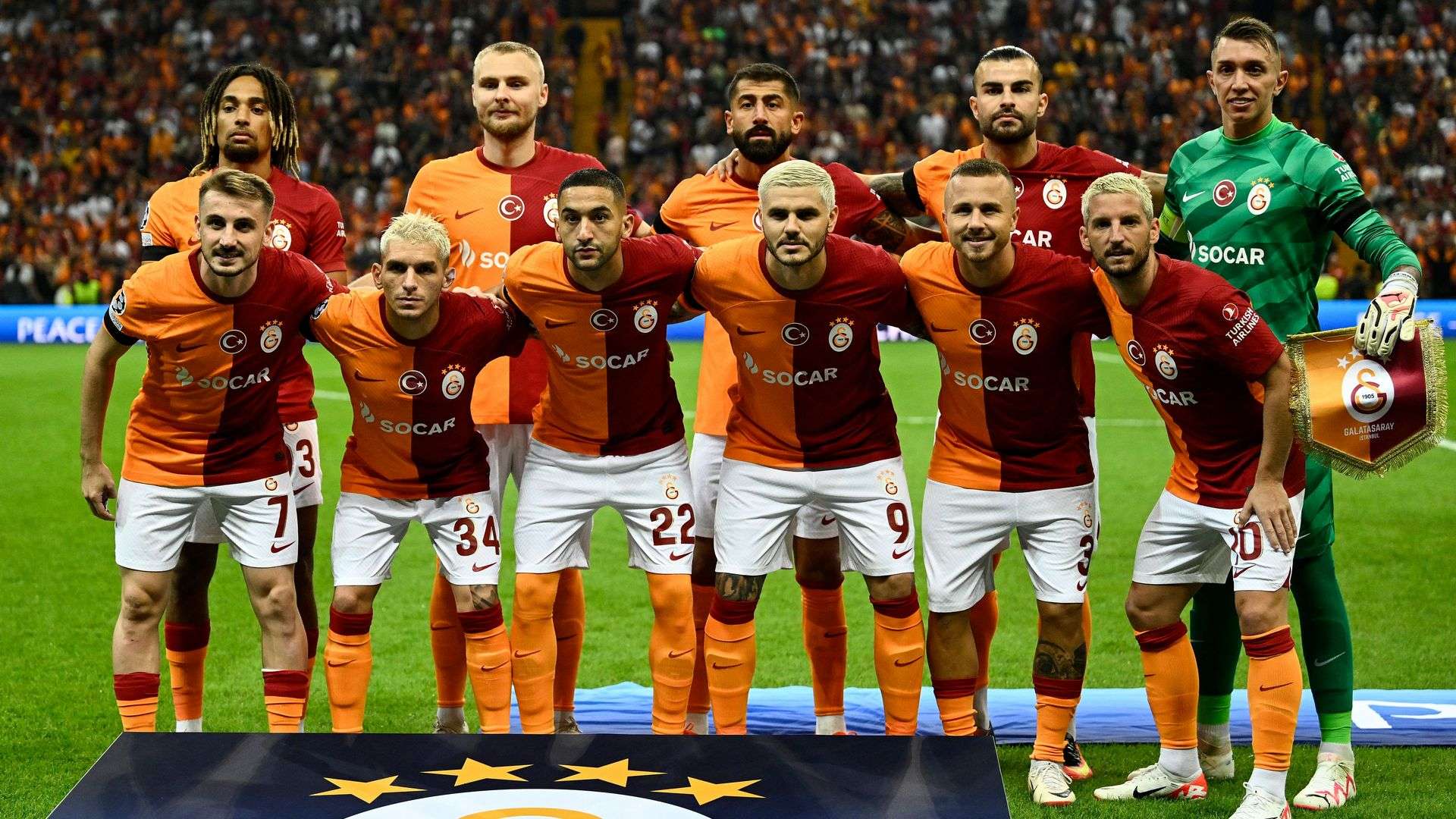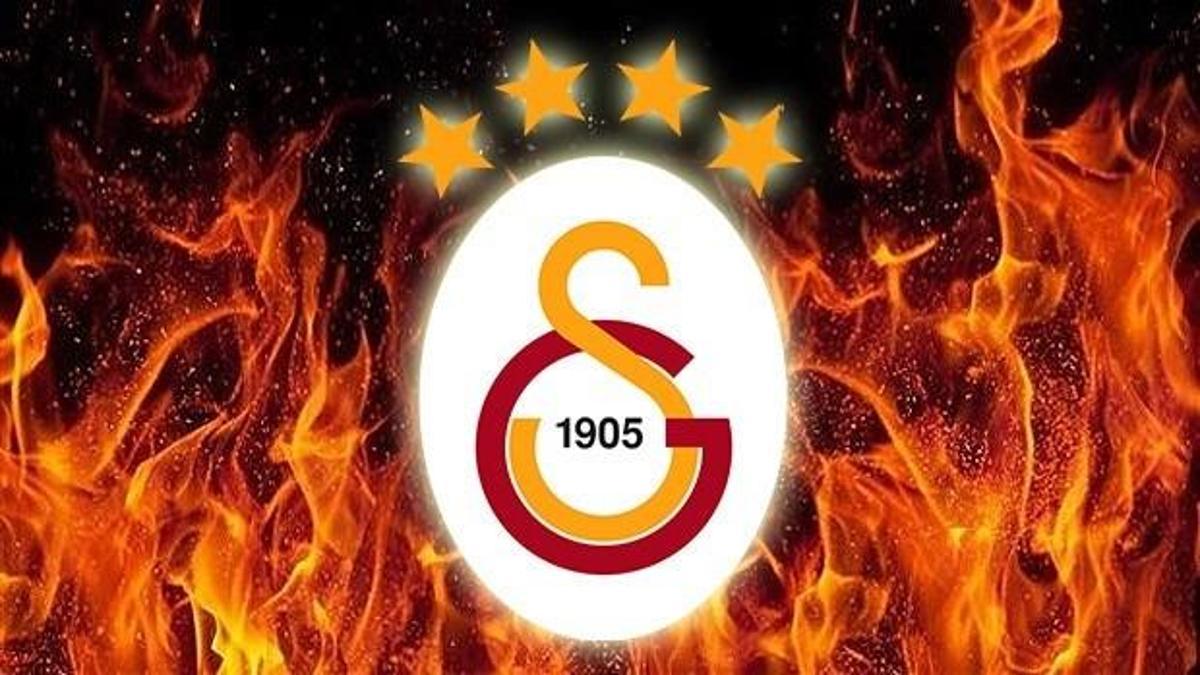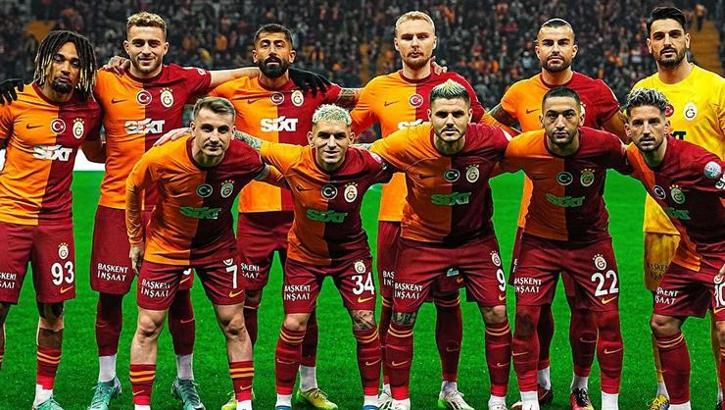Galatasaray: A Legacy of Triumph and Tradition
Galatasaray: A Legacy of Triumph and Tradition
Galatasaray Sports Club, commonly known as Galatasaray, is one of the most storied and successful football clubs in Turkey, with a rich history dating back over a century. Founded in 1905 by Ali Sami Yen and a group of young students in Istanbul, Galatasaray has since grown into a symbol of Turkish pride and passion, winning numerous domestic and international honors across various sports.
Foundation and Early Years
Galatasaray was established on May 20, 1905, in the historic district of Galata, Istanbul, which inspired the club's name. Ali Sami Yen, a visionary educator and sports enthusiast, played a pivotal role in founding the club, which initially focused on football but later expanded to include basketball, volleyball, and other sports.
In its early years, Galatasaray faced numerous challenges, including financial struggles and limited resources. However, the club's resilience and determination propelled it to success, and by the 1920s, Galatasaray had emerged as a dominant force in Turkish football, winning several Istanbul Football League titles.
Golden Era: The 1990s
The 1990s marked a golden era for Galatasaray, as the club achieved unprecedented success both domestically and internationally. Under the leadership of legendary manager Fatih Terim, Galatasaray won six consecutive Turkish Süper Lig titles from 1996 to 2001, establishing itself as the dominant force in Turkish football.
The crowning achievement of this era came in 2000 when Galatasaray made history by winning the UEFA Cup, defeating Arsenal in the final to become the first and only Turkish club to win a major European trophy. The triumph cemented Galatasaray's reputation as a powerhouse in European football and elevated the club to new heights of prestige and recognition.
Galatasaray in the 21st Century
In the early 2000s, Galatasaray continued to enjoy success both domestically and internationally, winning additional Süper Lig titles and competing in the UEFA Champions League. The club's fan base grew exponentially, with millions of supporters around the world proudly donning the iconic red and yellow colors of Galatasaray.
Despite facing challenges in the form of financial constraints and increased competition, Galatasaray remained a formidable presence in Turkish football, consistently challenging for top honors and thrilling fans with its attacking style of play. The club's state-of-the-art Türk Telekom Stadium, inaugurated in 2011, further solidified Galatasaray's status as a modern and world-class football institution.
Legacy and Impact
Galatasaray's influence extends far beyond the football pitch, shaping Turkish culture, identity, and national pride. The club's success has inspired generations of aspiring athletes and united millions of fans from diverse backgrounds under the banner of Galatasaray.
Moreover, Galatasaray's commitment to social responsibility and community engagement has made a positive impact on Turkish society, with initiatives aimed at promoting education, health, and social inclusion. The Galatasaray Foundation, established in 1996, supports various philanthropic projects and charitable causes, furthering the club's legacy of service and giving back to the community.
Conclusion
In conclusion, Galatasaray Sports Club stands as a testament to the power of passion, perseverance, and teamwork. From its humble beginnings over a century ago to its status as a global football powerhouse, Galatasaray has embodied the spirit of excellence and achievement, bringing joy and inspiration to millions of fans worldwide. As the club continues to build on its legacy and pursue new heights of success, one thing remains certain: Galatasaray will always be more than just a football club—it is a symbol of hope, unity, and pride for the Turkish people and beyond.
Kaynakça
- ^ "Kupa Beyi zorlanmadı!". 4 Şubat 2015 tarihinde kaynağından arşivlendi. Erişim tarihi: 24 Mart 2022.
- ^ "'Kupa Beyi' böyle oldular!". 4 Şubat 2015 tarihinde kaynağından arşivlendi. Erişim tarihi: 24 Mart 2022.
- ^ "Kupa beyi Galatasaray". 4 Şubat 2015 tarihinde kaynağından arşivlendi. Erişim tarihi: 24 Mart 2022.
- ^ "Werder-Talent Dinkci im Gala-Fokus – auch Bundesligist ist dran". 8 Haziran 2021 tarihinde kaynağından arşivlendi. Erişim tarihi: 24 Mart 2022.
- ^ galatasaray.org. "Ali Sami Yen Spor Kompleksi Nef Stadyumu". 21 Ocak 2022 tarihinde kaynağından arşivlendi. Erişim tarihi: 21 Ekim 2021. (21 Ekim 2021).
- ^ "Hangi şehirde hangi takımın taraftarı daha fazla?". sabah.com.tr. Sabah Gazetesi. 4 Kasım 2013 tarihinde kaynağından arşivlendi. Erişim tarihi: 4 Ağustos 2013.
- ^ "SON 5 YILIN EN İYİSİ 'FENERBAHÇE'". haber7.com. Haber 7. 17 Aralık 2014 tarihinde kaynağından arşivlendi. Erişim tarihi: 4 Ağustos 2013.
- ^ "Arşivlenmiş kopya". 10 Mayıs 2008 tarihinde kaynağından arşivlendi. Erişim tarihi: 26 Nisan 2009.
- ^ Galatasaray researcher Melih Şabanoğlu
- ^ "İlk nefes II | GAYIN-SİN". web.archive.org. 23 Temmuz 2011. Erişim tarihi: 7 Mayıs 2024.
- ^ "History of Galatasaray Spor Kulubu". web.archive.org. 9 Mayıs 2008. Erişim tarihi: 7 Mayıs 2024.
- ^ "Galatasaray Nasıl Kuruldu". Galatasaray S.K. galatasaray.org. Erişim tarihi: 7 Mayıs 2024.
- ^ "TFF.ORG Türkiye'de Futbolun Doğuşu 1". 5 Temmuz 2017 tarihinde kaynağından arşivlendi. Erişim tarihi: 4 Haziran 2010.
- ^ a b c Erdoğan Arıpınar (Haziran 1992). Türk Futbol Tarihi (1904-1991). Türkiye Futbol Federasyonu Yayınları. ss. sf. 29.





































